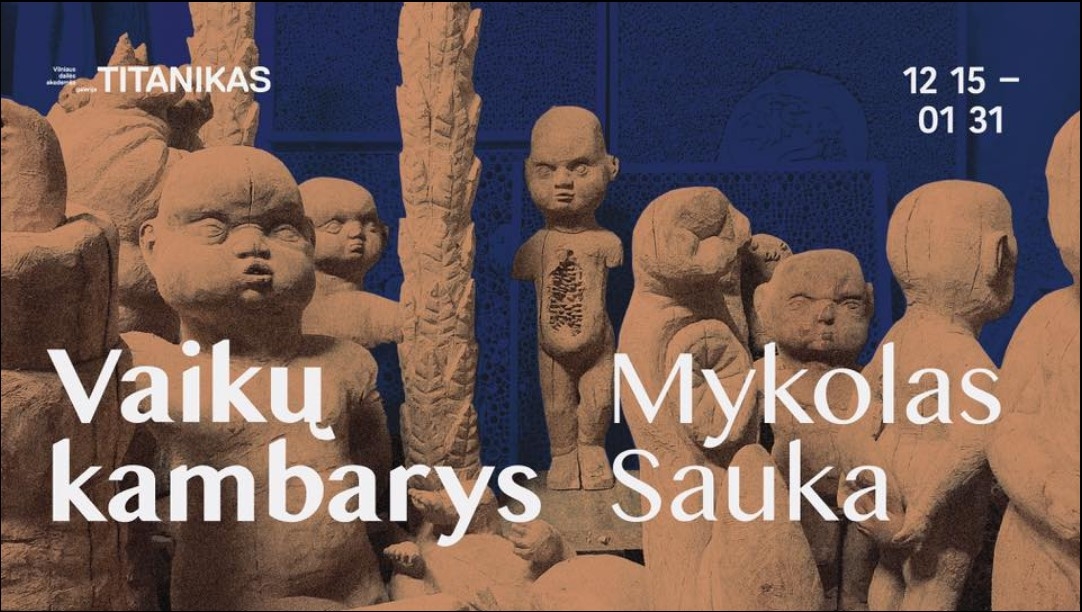The author tells about exhibition:
“Three years ago, I locked myself in a workshop with wooden blocks and started carving. I had oak logs, some linden trunks, ash and pine. It didn’t matter what kind of tree, I took what was at hand. It was important not to stop. At first I didn’t know what I was carving, but one day when I was cutting a fresh, still wet linden trunk – I remember that I could clearly smell it then – I realized that I had to make a nursery. At that time, I knew this and that about nurseries. Three years ago, when I started working, it was fashionable to decorate them with motifs of exotic animals, then wallpapers with rivers, trees and mountains came into fashion. This year, the safari animals are back again, but together with the animals from the barn. Pillows embroidered with them are very fashionable now. But I won’t elaborate on that any more.
My nursery had to be made of wood, because wood has always seemed childish and naive to me. Naivety was best associated with the tree in Jan Hus’s phrase O holy in naïveté, when the old woman bent down to throw more firewood into the fire where the heretic was being burned. Most likely, Hus was silent, coughing, or already dead when the old woman threw the firewood, because a person burned alive at the stake dies quickly, suffocating at the first smoke. But where else to put beautiful phrases, if not on the lips of a dying person? However, the tree remained associated with naivety – I think of wooden weddings, wooden laughs, all those immature wooden things.
I worked with power tools. Some, who entered the studio, there were not many of them, suggested that I use the machine tool – they say that there are already places where you can easily mill wood with a five-axis machine tool. But after all, everyone knows that five-axis machines are for breaking bones, and it is best to process wood with a chainsaw and a disk for scrubbing animal hooves, these are the most reliable tools. But perhaps it is naive to think so.
Three years passed like this.
One, or perhaps several, oak logs were severely rotted and emanated the acrid stench of urine. But everyone who entered the studio first praised the smell, despite its pungency, and then quickly left. I sat in the workshop day after day, so eventually I stopped feeling any smell, and this is not due to an illness, but from habit. When the breath was gone, so was the connection with the tree. That’s when I decided it was time to finish.”
/ The creation of the works was supported by the Lithuanian Council of Culture.
Mykolas Sauka (born in 1989) – studied at the K. Būga Gymnasium in Dusetos, in 2014 he graduated from the Sculpture (MA) at the Vilnius Academy of Fine Arts. Lives and works in Vilnius.





